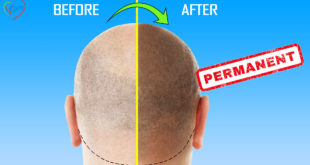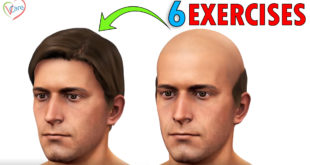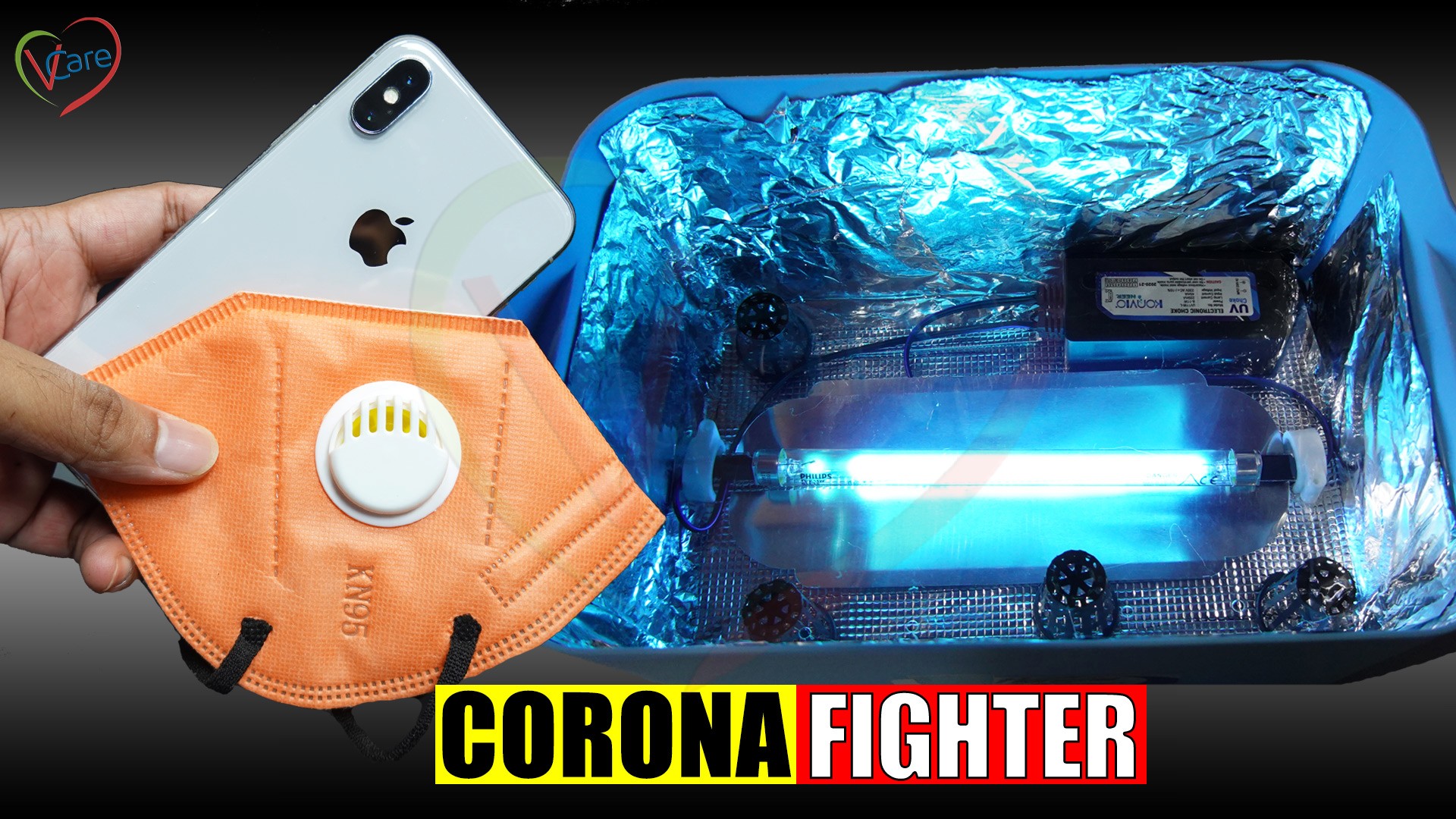Today we will look into some basics of Diabetes Mellitus like, What is Diabetes, What are the causes of diabetes and what are the different types of Diabetes. Understanding this basic knowledge and mechanism is very important from the point of view of prevention, and treatment of this deadly disease which affects almost all organs in your body.
What is Diabetes Mellitus and Diabetes Insipidus?
Diabetes Mellitus is a chronic (long standing) disorder in which blood sugar or glucose levels are abnormally and persistently high because the body does not produce the hormone insulin sufficiently to meet its requirements.
We call it Diabetes Mellitus or in short DM, because there exists another disorder called Diabetes Insipidus which is a rare disorder that does not affect blood glucose levels but, just like diabetes mellitus, also causes increased urination. This occurs due to lack of the hormone vasopressin (also called Anti-Diuretic Hormone or ADH) that causes excessive production of very dilute urine (that’s called Polyuria).
Now to understand the Mechanism of what causes Diabetes, we need to look into some basics, like the relationship between Glucose in the blood and the hormone Insulin. Please stay hooked!, as this knowledge is very important for prevention and treatment of diabetes. This means this is equally important for both diabetics, pre-diabetics and even non-diabetics like youngers to prevent the occurrence of diabetes in later part of their life.
The three major nutrients present in our food are Carbohydrates, Proteins, and Fat. Carbohydrates are the starches and sugars which can be simple sugars like monosaccharides to complex sugars like polysaccharides.
Let’s quickly look into this biochemical classification of carbohydrates as:
- Monosaccharides or single sugars or simple sugars (for example Glucose, Fructose and Galactose)
- Disaccharides or double sugars
- Oligosaccharides and
- Polysaccharides
Whatever it is, these sugars are broken down into simple sugars like glucose by enzymes in the digestive tract before the body can absorb them.
So after absorption, everything is converted to glucose, which is the most important source of energy for the body. This glucose is transported through the bloodstream and taken up by cells for their functions.
Remember, one most important point – The body can also make glucose from fats and proteins and similarly, If all the glucose is not needed for energy, some of it is stored in fat cells and in the liver as glycogen
So, Now! What is INSULIN?
Insulin is a hormone produced by our digestive organ – Pancreas. This organ Pancreas is located behind the stomach that also produces many digestive enzymes which help in the digestive process. Insulin is secreted by specialized cell in pancreas called islet cells of pancreas.
This hormone insulin helps glucose to move from the blood into the cells.
The levels of glucose in the blood vary normally throughout the day. They rise after a meal and return to pre-meal levels within about 2 hours after eating. Once the levels of glucose in the blood return to premeal levels, insulin production decreases. The variation in blood glucose levels is usually within a narrow range, about 70 to 110 milligrams per deciliter (mg/dL) of blood in healthy people. If people eat a large amount of carbohydrates, the levels may increase more. People older than 65 years tend to have slightly higher levels, especially after eating.
If the body does not produce enough insulin, the glucose from blood does not to move into the cells, or if the cells can sometimes stop responding normally to this action of insulin which is called insulin resistance.
This is the cause for high levels of glucose in the blood in Diabetes Mellitus and this inadequate amount of glucose inside the cells produces the classical signs and symptoms of diabetes and responsible for multi organ damage in diabetes.
In our next posts, we will discuss on What is Pre-Diabetes, Types of Diabetes, Signs and symptoms of Diabetes and the treatment options for Diabetes Mellitus. Please follow our Playlist on Diabetes.
 AlopeciaRx – Treatments for Alopecia (Hair Loss & Baldness) The Virtual Care Hospital
AlopeciaRx – Treatments for Alopecia (Hair Loss & Baldness) The Virtual Care Hospital




